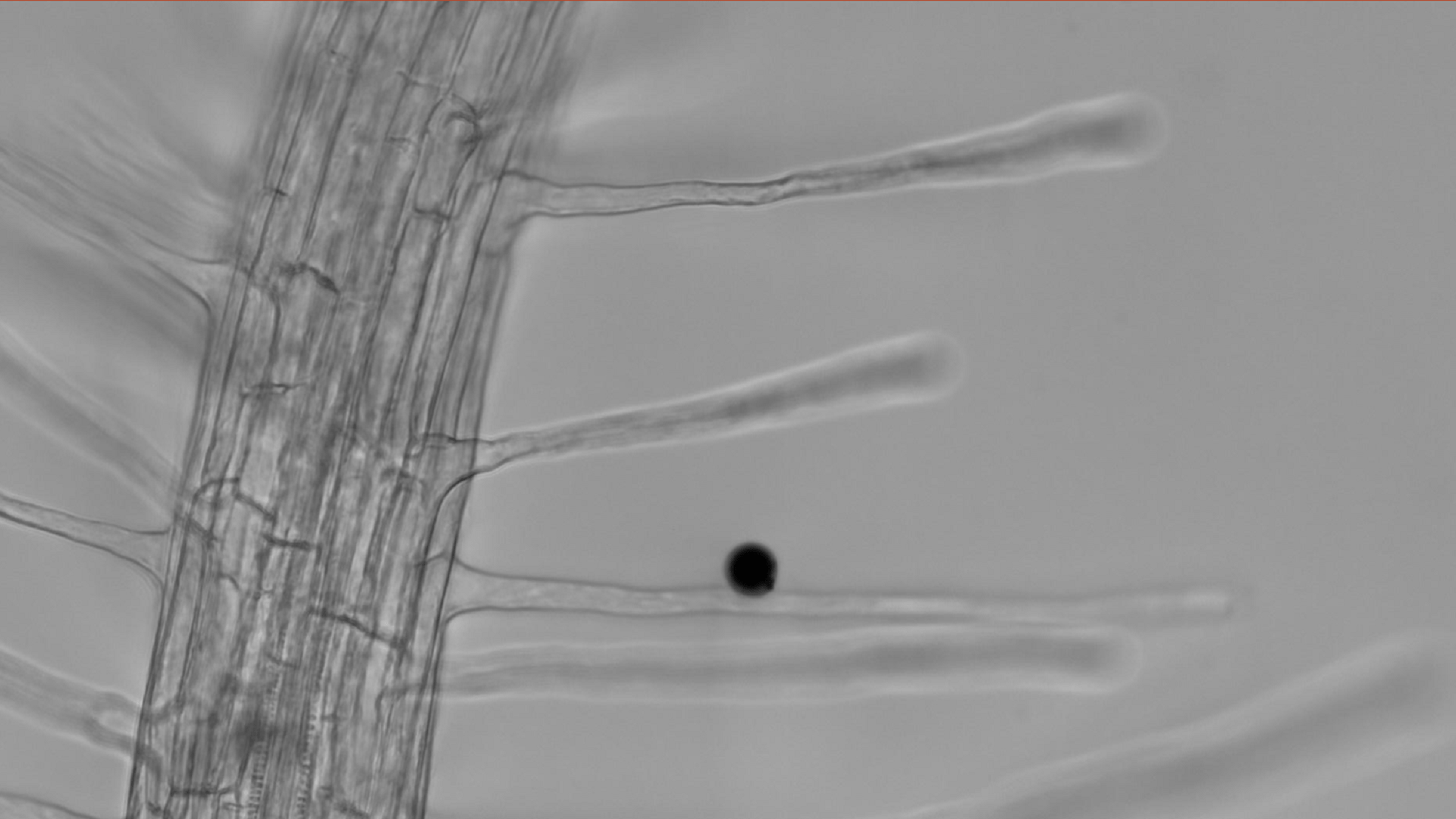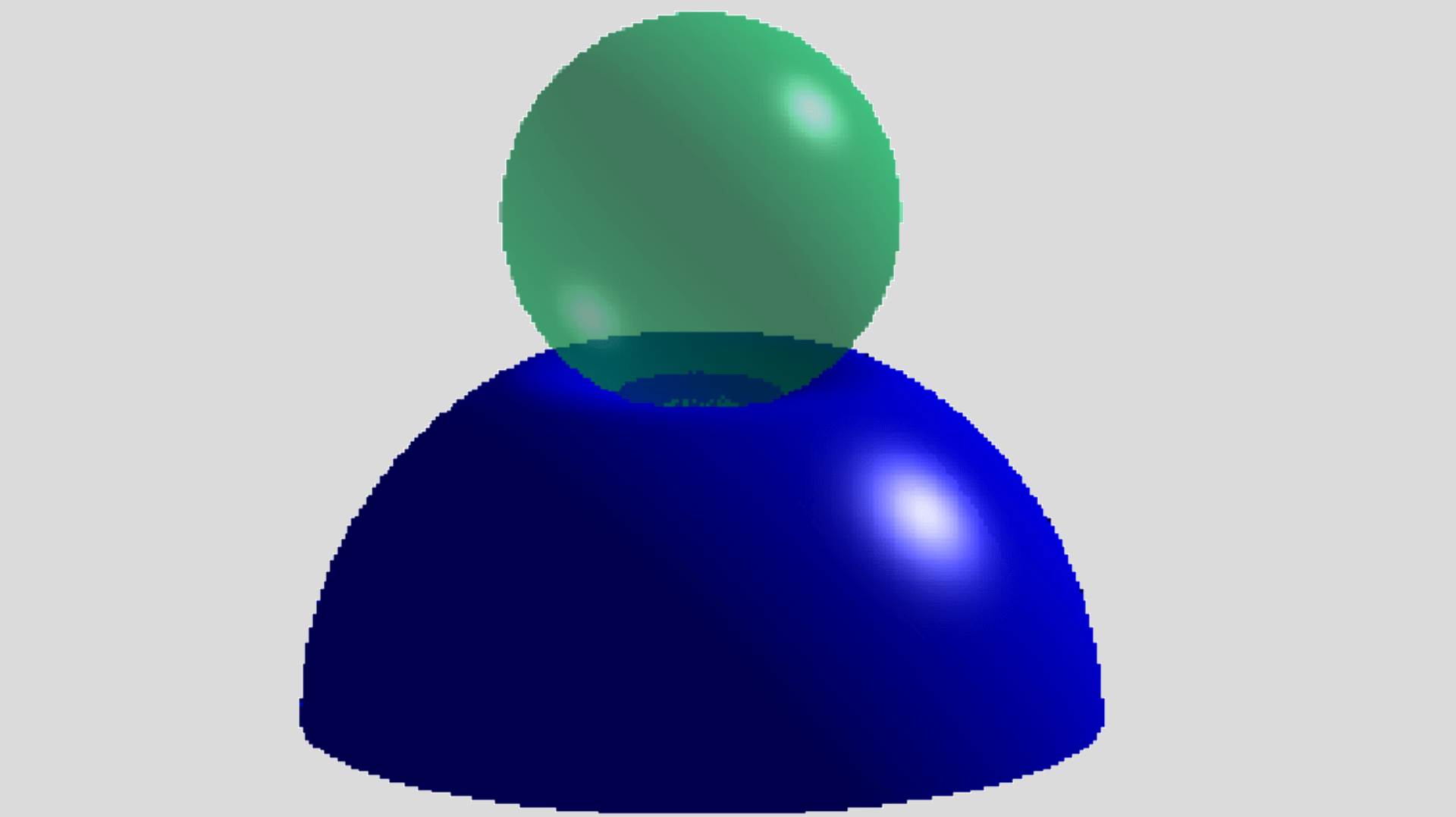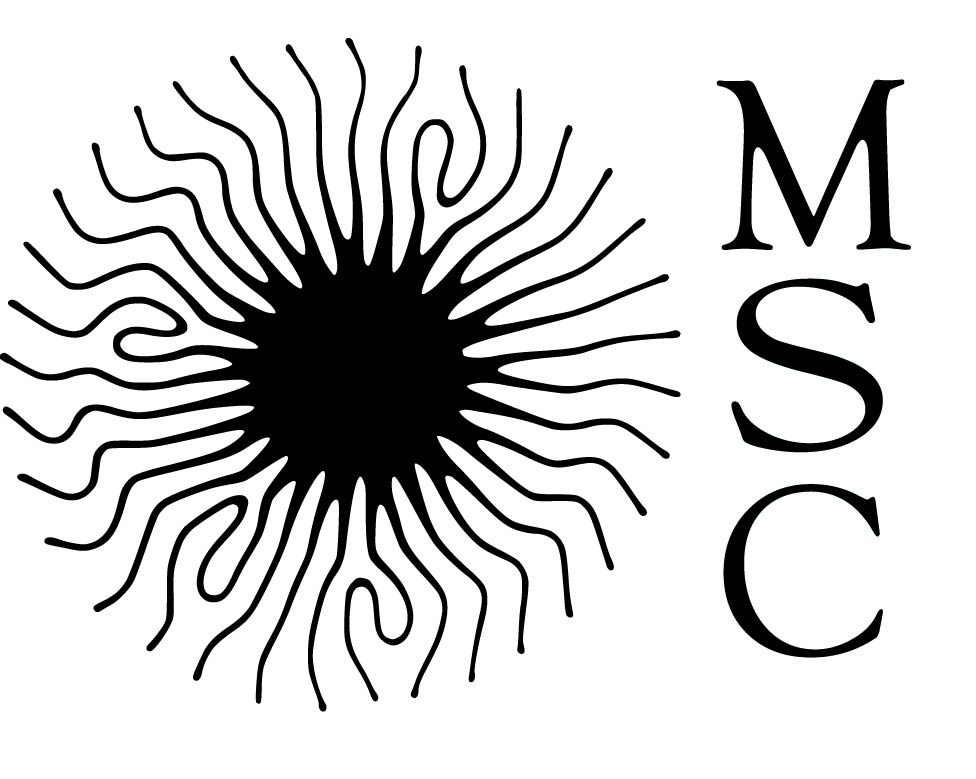Plant development
We are interested in the role of mechano-perception in plant growth and morphogenesis. In particular, we aim to understand how osmotic pressure and cell wall rheological characteristics are adapted to the physical properties of the environment.
Members
- Atef Asnacios, teacher-researcher
- Etienne Couturier, researcher
- Pauline Durand, teacher-researcher
- Thomas Alline, PhD student
- Léa Cascaro, PhD student
- Cyril Grandjean, post-doctorant
- Weiyuan Kong, post-doctorant
- Antonio Mosciatti, PhD student
- David Pereira, post-doctorant

Cellular mechanics
In plants, cells exhibit a wide variety of shapes while embedded in a rigid cellulose wall. Their mechanical properties, or the way they resist mechanical forces, are key elements that determine the robustness of their shape, as well as their ability to deform to create new forms during growth and morphogenesis. Using single-cell micromanipulation devices, we quantify the mechanical properties of different types of plant cells: root hairs, callus cells and protoplasts (cells without walls). We work mainly with cells from the model plant Arabidopsis Thaliana.
Find out more
Some articles
Measuring the Young's modulus of a root hair
In vivo measurement of the Young’s modulus of the cell wall of single root hairs, D. Periera, T. Alline, S. Schoenaers, A. Asnacios, The Cell Surface 2023
Analogy between plant cell and balloon
Estimation of turgor pressure through comparison between single plant cell and pressurized shell mechanics, P. Durand-Smet, E. Gauquelin, N. Chastrette, A. Boudaoud and A. Asnacios, Physical Biology 2017
Comparison of the mechanical properties of animal and plant cells
A Comparative Mechanical Analysis of Plant and Animal Cells Reveals Convergence across Kingdoms, Pauline Durand-Smet et al, Biophysical Journal 2014

Dialogue between form and cellular identity
Plant cells can undergo drastic shape changes during morphogenesis. We study, at the single-cell level, how shape changes influence cellular processes such as cytoskeletal organization, cell wall structure, nucleus architecture or cell polarity. To address this fundamental question, we combine a microfluidic microwell device that enables plant cells to be confined in different geometries with live imaging approaches.
Find out more
Some articles
Plant cell cytoskeleton
Single-Cell Confinement Methods to Study Plant Cytoskeleton, P. Durand-Smet, A. Chevallier, L. Colin, A. Malivert, I. Melogno, O. Hamant. Methods in Molecular Biology. 2023
Geometric control of plant cells
Cytoskeletal organization in isolated plant cells under geometry control, P. Durand-Smet, T. A. Spelman, E. M. Meyerowitz, PNAS 117 (2020) 17399-17408

Growth regulation
The pressure within plant cells positively regulates growth. Over sufficiently short timescales, this regulation is described by an equation similar to a threshold fluid, known as Lockhart’s law. We are investigating how this equation, well established for 1D growth, can be generalized to more complex cases: 2D growth, tissue and interaction with obstacles. We combine pressure measurements and kinematic studies.
Find out more
Some articles
Mechanical model of plant cell compression
Compression of a pressurized spherical shell by a spherical or flat probe. Couturier, E., Vella, D., Boudaoud, A.. Eur. Phys. J. E 45, 13 (2022)
Growth of a root encountering an obstacle
Plant root growth against a mechanical obstacle: the early growth response of a maize root facing an axial resistance is consistent with the Lockhart model. Quiros, M., Bogeat-Triboulot, M.-B., Couturier, E., Kolb, E., J. R. Soc. Interface. 19, (2022) 20220266
